The NITEC reaction is explored with tetrazole-functionalised microparticles, and demonstrates micrometer-scale resolution as a surface-patterning technique.


The NITEC reaction is explored with tetrazole-functionalised microparticles, and demonstrates micrometer-scale resolution as a surface-patterning technique.
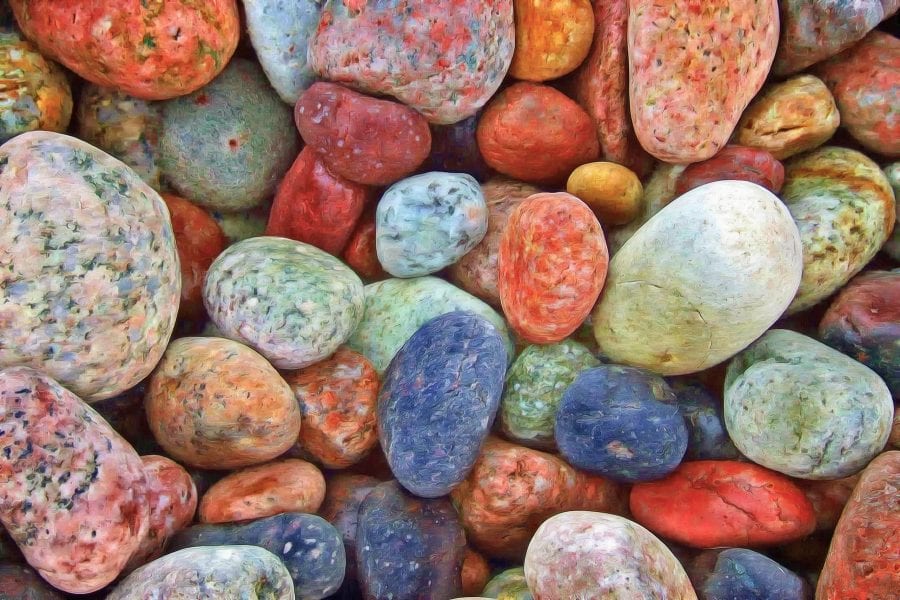
TopoWellPlate, a 96-well plate based material topography library, enables mechanistic studies on cell-material interactions using standard molecular methods.
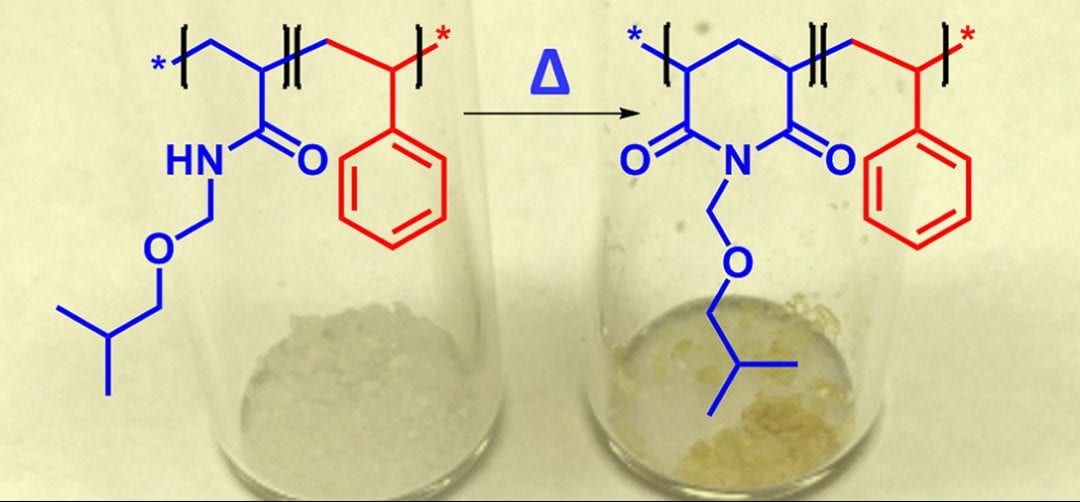
Canadian authors show that primary amines are not essential for imidization decomposition reactions.
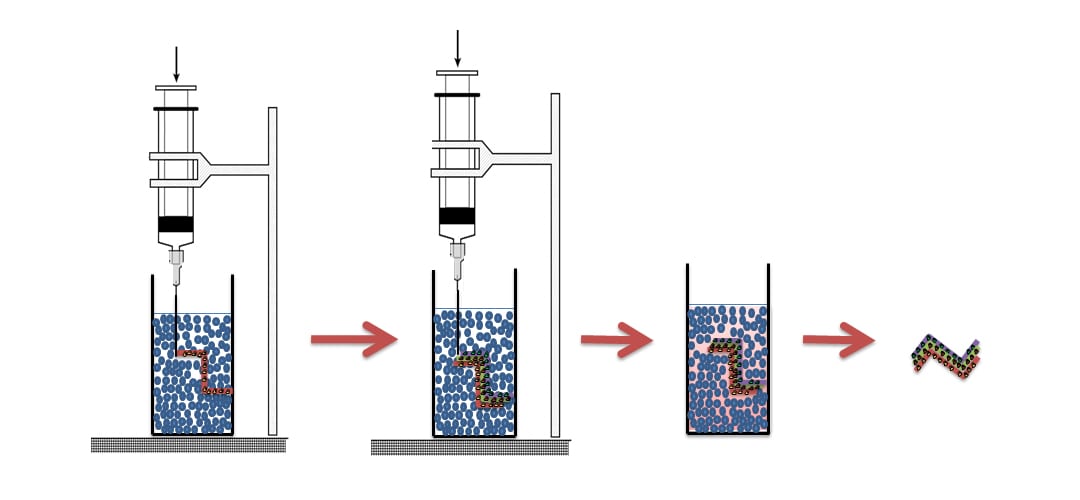
A manufacturing method is unveiled that uses a supportive material that is self-healing, and enables the production of soft materials in a supported and suspended manner.
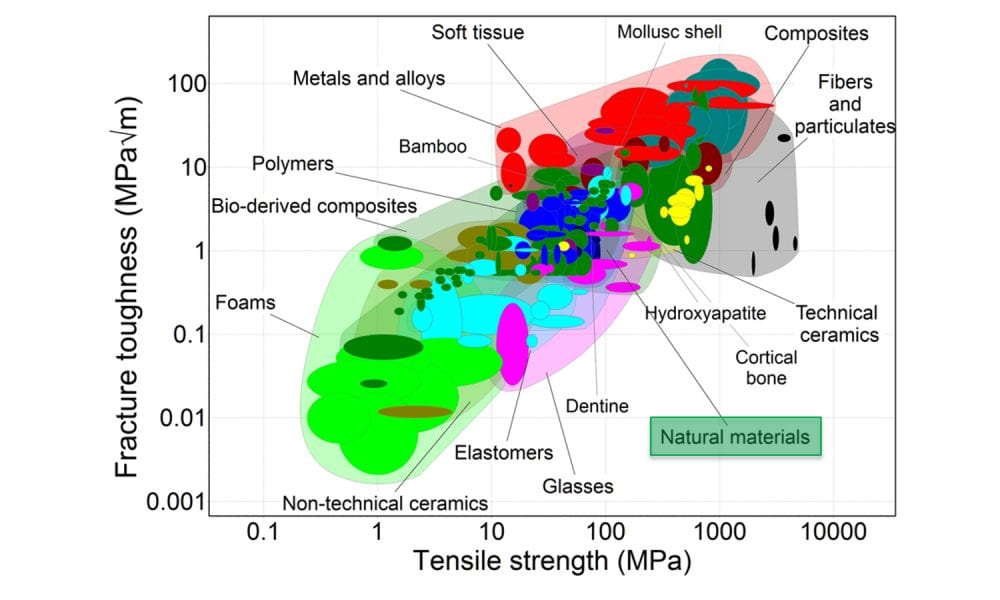
Biological composites are reviewed, such as bone, teeth, and nacre, along with a description of their structure, chemistry and mechanics, and a detailed analysis of the fundamental design motifs of natural materials.
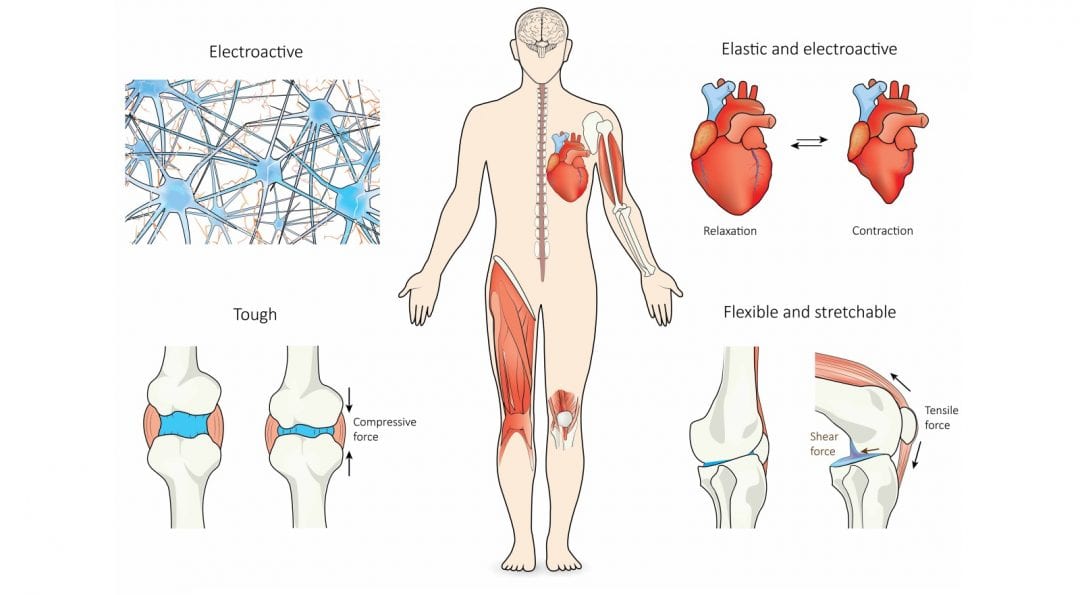
Recent advances in the fabrication and application of nanocomposite hydrogels for load-bearing and electroactive tissue replacement.

Using a proteomics approach, Drs. Paulo and Gygi from the Harvard Medical School provide evidence that nicotine exposure changes the abundance of membrane proteins implicated in signal transduction and autophagy.
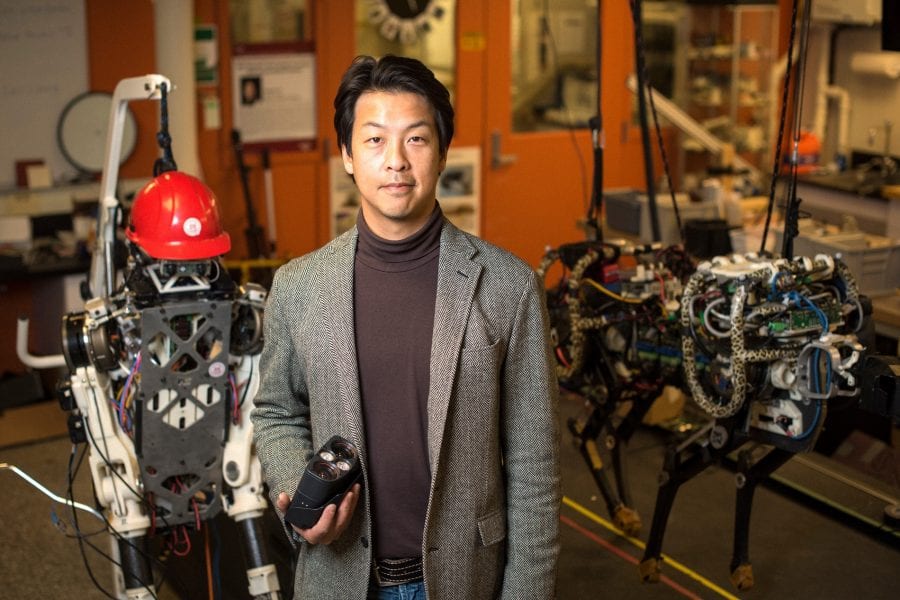
Mechanical engineer Sangbae Kim builds animal-like machines for use in disaster response.
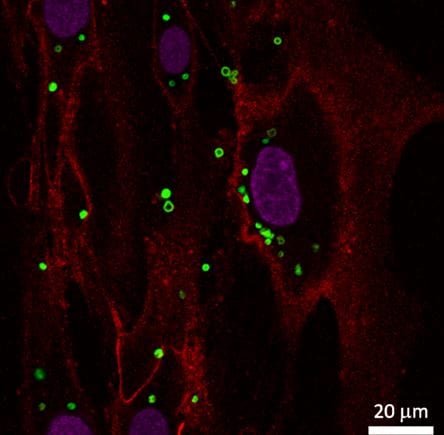
Scientists from Tomsk Polytechnic University have obtained magnetic stem cells with low toxicity and enough stable for gene engineering applications.
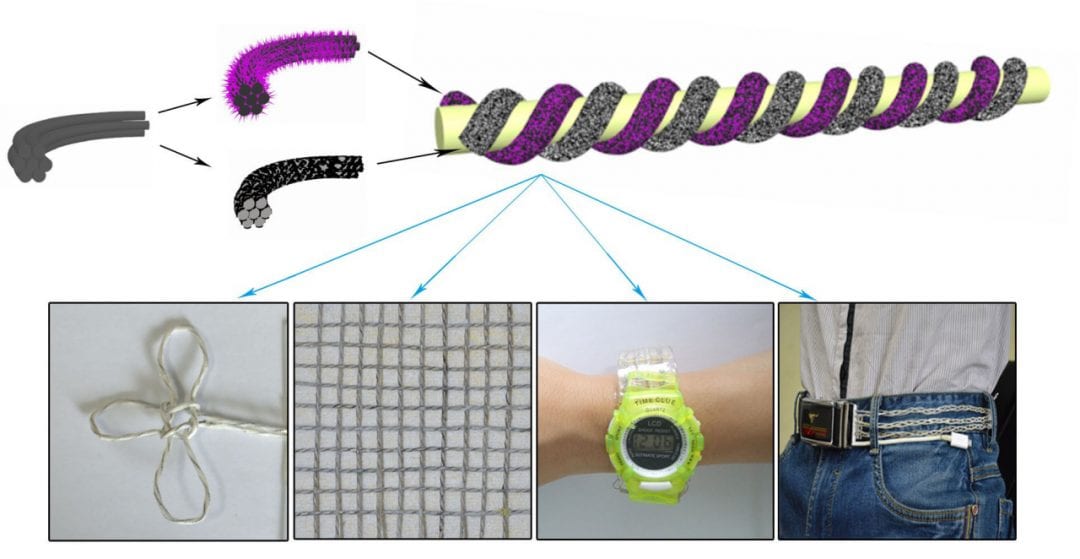
Prof. Guozhen Shen’s group has designed and fabricated metres-long flexible wire-shaped supercapacitors, which can be easily woven into wearable and patterned textiles.